Description
FOR ANIMAL USE ONLY
CAUTION
CHEMICAL GROUPS: ① + ⑥†
† Macrocyclic Lactones + Sulphonamides
OXPECKER COMPATIBLE
COMPOSITION:
Ivermectin 1 % m/v
Clorsulon 10 % m/v
DIRECTIONS FOR USE: Use only as directed
Do not administer intravenously.
Virbamec L should be administered subcutaneously or intramuscularly in cattle, and subcutaneously in sheep.
Do not dilute or mix with any other substances.
Use of a 2,0 cm 16 gauge needle is recommended.
Use sterile equipment and follow aseptic procedures.
The solution may be administered with any standard automatic or single-dose equipment.
Cattle
Inject subcutaneously at 1 ml per 50 kg body mass under the loose skin in front of or behind the shoulder, or intramuscularly.
Appropriate vaccination precautions should be taken in areas where the risk of Clostridial infections of cattle such as black quarter (sponssiekte) and malignant oedema occurs.
Sheep
Inject subcutaneously at 1 ml per 50 kg body mass in the loose skin behind the shoulder, under the foreleg (axilla) or the inside of the thigh.
Ensure that the needle is carefully inserted and that the solution does not leak from the injection site.
In wool sheep, ensure that the needle has penetrated the wool and skin before delivering the dose.
Sheep should be vaccinated against pulpy kidney (enterotoxaemia) before treatment.
Sheep scab is a notifiable disease, and treatment of suspected or confirmed outbreaks must be carried out under government supervision.
Proper management practices must be applied to ensure that all animals on the farm are treated correctly during a sheep scab outbreak.
One treatment of Virbamec L at a dose of 1 ml per 50 kg body mass is sufficient to eliminate the infestation. However, where adequate management and supervision are not possible during treatment, a second dose is necessary after 7 days.
Sheep scab in Namibia: The law in Namibia stipulates that two treatments, 7 to 10 days apart, are obligatory in the event of a sheep scab outbreak.
DOSAGE TABLE
|
Body Mass (kg) |
Dose (ml) Cattle |
|
Up to 50 |
1 |
|
51 – 100 |
2 |
|
101 – 150 |
3 |
|
151 – 200 |
4 |
|
201 – 250 |
5 |
|
251 – 300 |
6 |
|
301 – 350 |
7 |
|
351 – 400 |
8 |
|
401 – 450 |
9 |
|
Body Mass (kg) |
Dose (ml) Sheep |
|
Up to 25 |
0,5 |
|
26 – 50 |
1,0 |
|
51 – 75 |
1,5 |
|
76 – 100 |
2,0 |
Virbamec L can be used in breeding animals.
INSTRUCTIONS FOR USE WITH AUTOMATIC INJECTION EQUIPMENT:
- Sterilise all equipment before use by boiling in clean water for 15 to 20 minutes.
- Boiled needles should be stored in an antiseptic solution prior to use and changed frequently when injecting animals.
- Remove the draw-off assembly from the sterile pack. Handle carefully to avoid contamination.
- Connect the plastic tube firmly to dosing syringe. Use stepped adaptor provided if required.
- Remove cap from bottle and disinfect rubber stopper with methylated spirits or other suitable chemical disinfectant.
- Hold bottle upright and fully insert draw-off needle into centre of rubber stopper. Secure firmly with screw-on cap attached to the tube.
- Hang bottle comfortably in inverted position from neck, shoulder or belt. Use attachment tapes provided.
- Gently prime injector. Equipment is now ready for use.
- After use, remove draw-off assembly from pack and flush out entire apparatus with water before storing.
- If the connecting tube is re-used, it should be boiled for 15 to 20 minutes prior to use, along with the syringe and needles.
- Store bottle in carton to protect from sunlight.
EFFICACY:
1. INTERNAL PARASITES
For the treatment of gastrointestinal roundworms in cattle and sheep.
CATTLE
Roundworm Species:
| Virbamec L controls the following: |
Immatures |
Adult |
Persistence |
|
Wireworm |
* |
* |
14 days |
|
Brown Stomachworm |
* |
* |
21 days |
|
Bankruptworm |
* |
* |
14 days |
|
Hookworm |
* |
* |
– |
|
Nodular Worm |
* |
* |
21 days |
|
Lungworm |
* |
* |
21 days |
|
Eyeworm |
* |
* |
– |
Definition: * Control (≥ 90 % effective)
| Virbamec L aids in control of the following: |
Immatures |
Adult |
|
Parafilaria |
|
* * |
Definition: ** Aids in control of (60 – 89 % effective)
SHEEP
Roundworm Species:
| Virbamec L controls the following: |
Immatures |
Adult |
|
Wireworm |
* |
* |
|
Brown Stomachworm |
* |
* |
|
Bankruptworm |
* |
* |
|
Hookworm |
* |
* |
|
Nodular Worm |
* |
* |
|
Large-mouthed Bowelworm |
* |
* |
|
Lungworm |
* |
* |
Definition: * Control (≥ 90 % effective)
Recommendation
Roundworms and Lungworm
Treatment with Virbamec L in sheep in the late autumn will remove residual summer roundworm burdens, as well as first infestations of these roundworm species stimulated by cooler weather conditions.
The spring “off-shears” treatment will remove roundworm burdens which have built up during the winter, and early spring infestations stimulated by the first rains. This will assist in reducing the contamination of “clean” summer grazing.
| Virbamec L aids in control of the following: |
Immatures |
Adult |
|
Long-necked Bankruptworm |
** |
|
Definition: ** Aids in control of (60 – 89 % effective)
2. EXTERNAL PARASITES
Cattle
Kills sucking lice and mange mites. Controls sand tampans infesting cattle for up to 3 days after treatment. Kills cattle screw worms present at time of injection. Protects against screw worm strikes for 2 weeks after administration. Controls blue ticks (Boophilus spp.) on cattle. For control of blue ticks, treatment must be repeated every 21 days.
Sheep
Kills sheep scab mites. Controls Australian itch mites.
3. NASAL WORM
Sheep
Highly effective against all stages (1st, 2nd and 3rd instar larvae).
Recommendation
An autumn treatment with Virbamec L in sheep will kill third larval stages of nasal worm, and a spring treatment will offset new infestations of this parasite.
4. LIVER FLUKE
| Virbamec L controls the following: |
Immatures |
Adult |
|
Liver Fluke (Fasciola hepatica) |
|
* |
|
Giant Liver Fluke (Fasciola gigantica) |
|
* |
Definition: * Control (≥ 90 % effective)
WARNINGS:
- Do not use in lactating cattle and sheep, where milk or milk products are intended for human consumption.
- Do not use in dairy cattle within 28 days before calving, where milk and milk products are intended for human consumption.
- Cattle and sheep intended for human consumption must not be slaughtered within 28 days of last treatment.
- Do not administer intravenously in cattle and sheep. Do not administer intramuscularly in sheep.
- Keep out of reach of children, uninformed persons and animals.
- Although this remedy has been extensively tested under a large variety of conditions, failure thereof may ensue as a result of a wide range of reasons. If this is suspected, seek veterinary advice and notify the registration holder.
PRECAUTIONS:
- Do not re-use empty bottles.
- Refrain from smoking, eating and drinking while handling the product.
- Wash hands thoroughly after use.
- Vaccination of cattle against Clostridium infections (e.g. black quarter) is strongly recommended.
- Sheep should be vaccinated against pulpy kidney (enterotoxaemia) before treatment.
- Store partly used bottle in carton to protect from sunlight.
- Drug containers and any residual contents should be disposed of safely (eg. by burying or incinerating), as free ivermectin may adversely affect fish and certain waterborne organisms.
- Studies indicate that when ivermectin comes in contact with the soil, it readily and tightly binds to the soil and becomes inactive over time.
- NB. Transitory discomfort has been observed in some cattle following subcutaneous administration. A low incidence of soft-tissue swelling at the injection site has been observed. These reactions have disappeared without treatment.
STORAGE INSTRUCTIONS:
Store at room temperature below 25 °C, away from sunlight.
PRESENTATION:
500 ml and 1 L plastic bottles

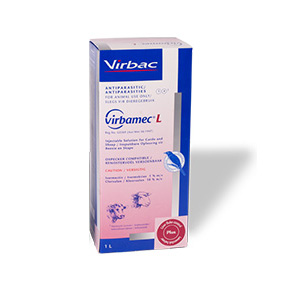

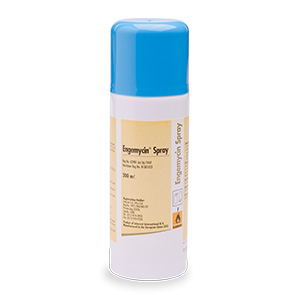
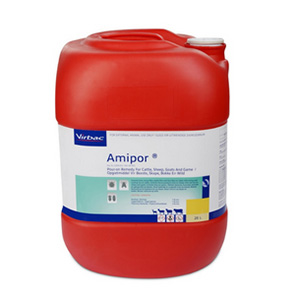
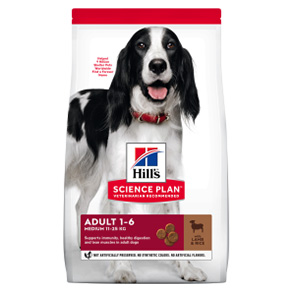
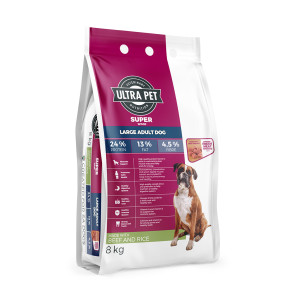
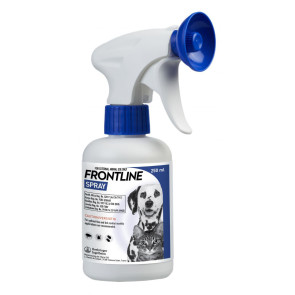
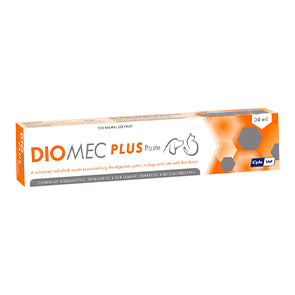
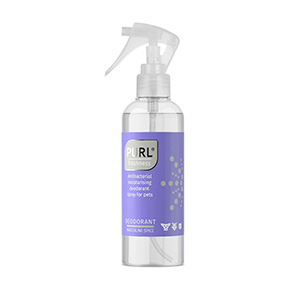
Reviews
There are no reviews yet.